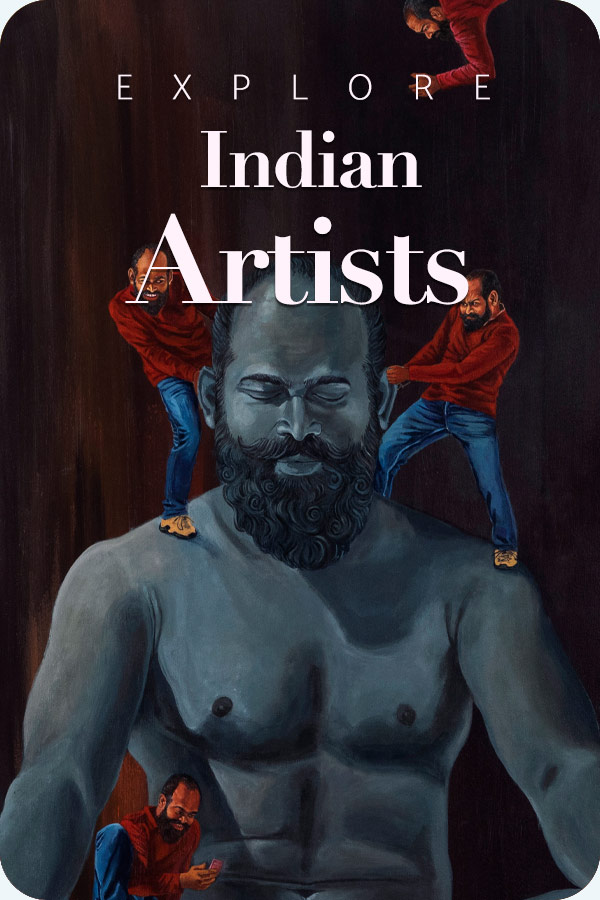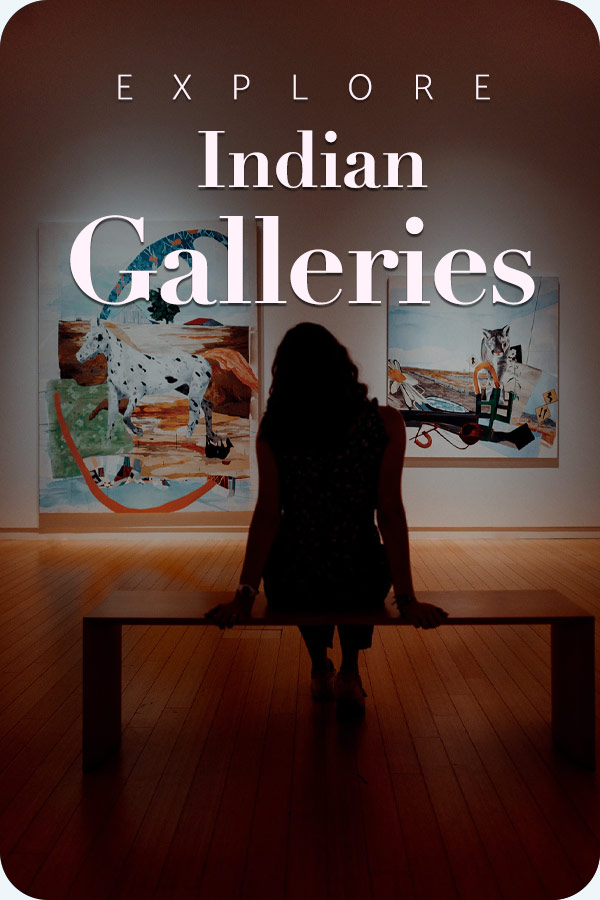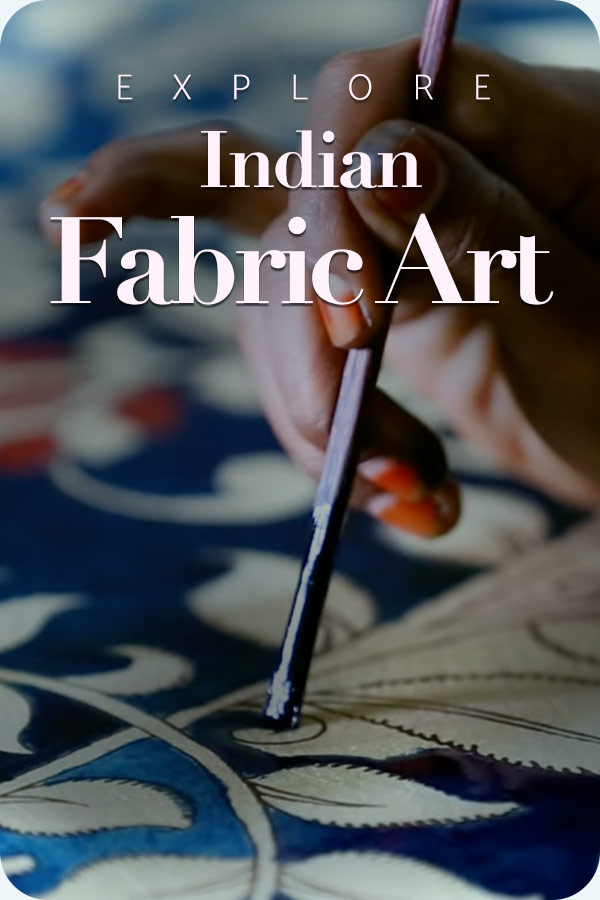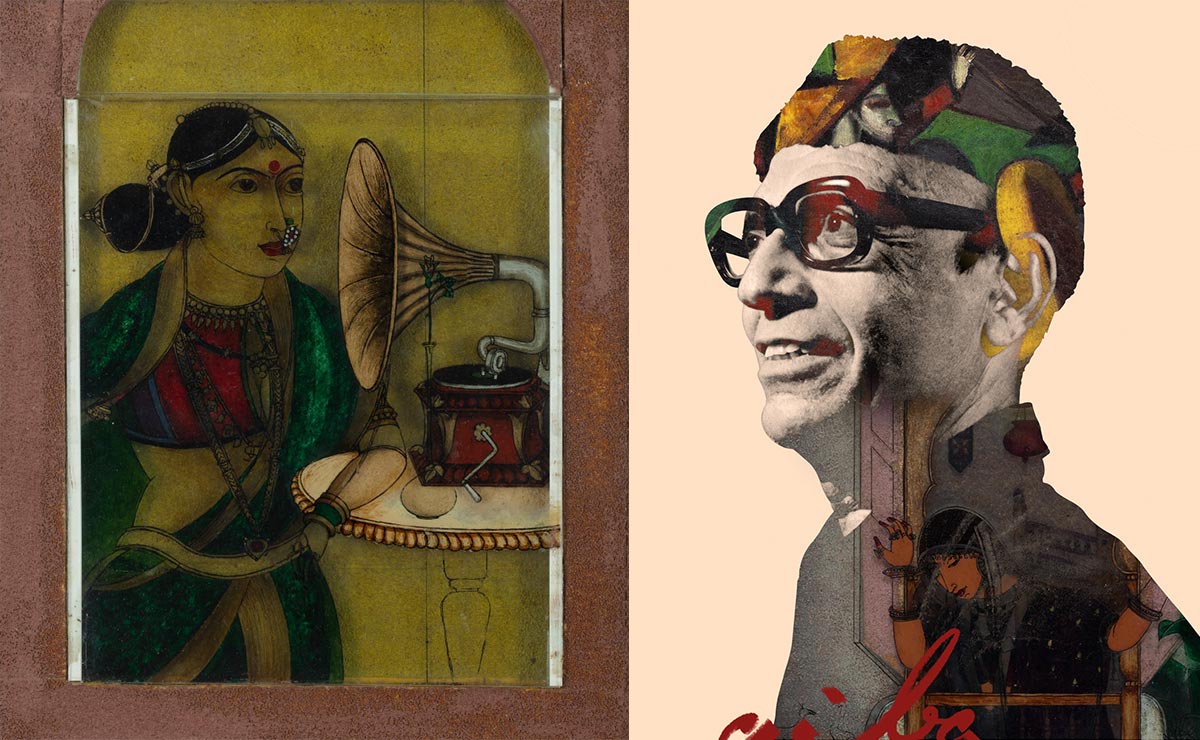
Delhi is all set to host a landmark exhibition of one of the most distinguished figures in early modern art, late Abdul Aziz Raiba (1922–2016). The exhibition, christened as The Inner Contour, offers a critical restrospection of Raiba’s marvellous artworks. Organized by Gallery Dotwalk, this exhibition will be set in place for public viewing from 2nd – 10th November 2025, with a private preview on November 1, at the historic Travancore Palace in New Delhi.
The Artist:
Born in Bombay in 1922, A.A.RAIBA was an alumnus of that era’s most booming modernist element. His career began at Bombay’s Sir J.J.School of Art, and he was also associated with the progressive Artists’ Group (PAG), but quickly disassociated himself to pursue his own unique style. He was largely unrecognized till the Clark House Initiative came forward with a survey in 2012 that generated a new wave of interest in his unique style and materials. As a young artist, he contributed to designing murals for Air India and the Ashok Hotel in Delhi. A hallmark of his design is the combination of indigenous miniature painting with contemporary influences.
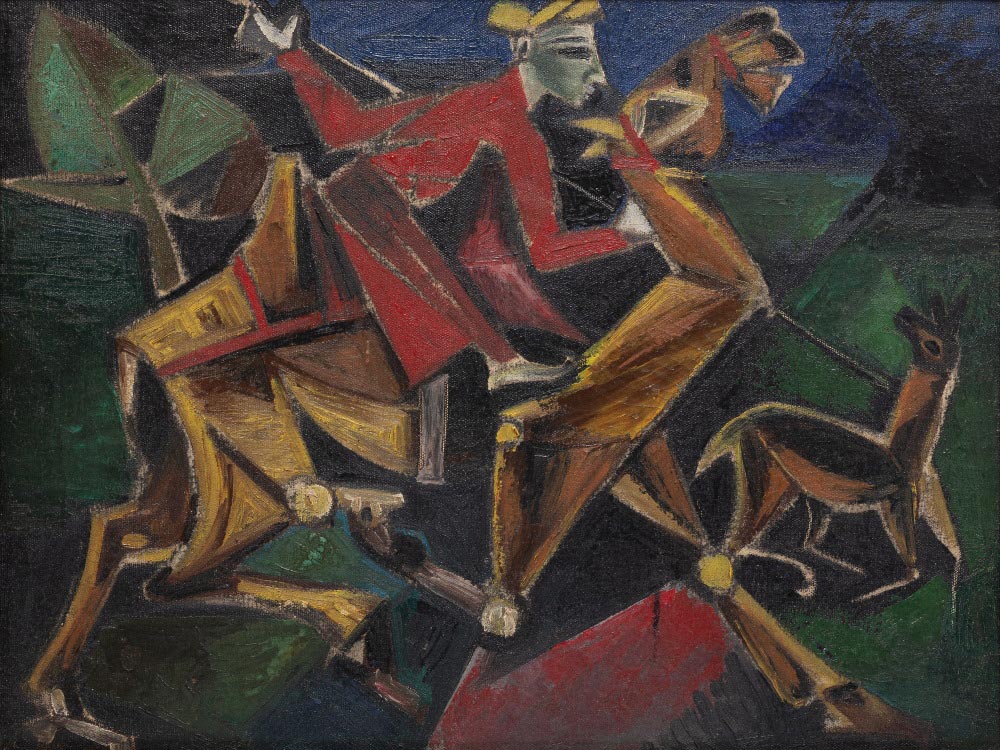
He mastered Arabic calligraphy and Urdu poetry in his youth, which is deeply reflected in his artworks. He introduced the Arabic script into his paintings as “abstract letter forms”, which required a lot of control and precision, which then emerged as the “technical engine” for the exhibition’s theme. For decades, Raiba continued to paint on unconventional surfaces such as old sarees, hand-spun jute, and prints on glass. This tendency to draw on these surfaces was born out of his father’s tailor shop, and to some extent, of his own limited budget.
Raiba had an inherent resistance to exhibiting his work. He laid a very strict line between his personal practice and the dominant art institutions, more like a biographical divide. This isolation, incurred by him and the autonomy he bestowed on himself, made him stand out and become a well-dignified figure of conceptual modernity. Surprisingly, Raiba also acted as his own critic, which displayed his intellectual maturity.
Venue, Vision, & Curatorial Authority
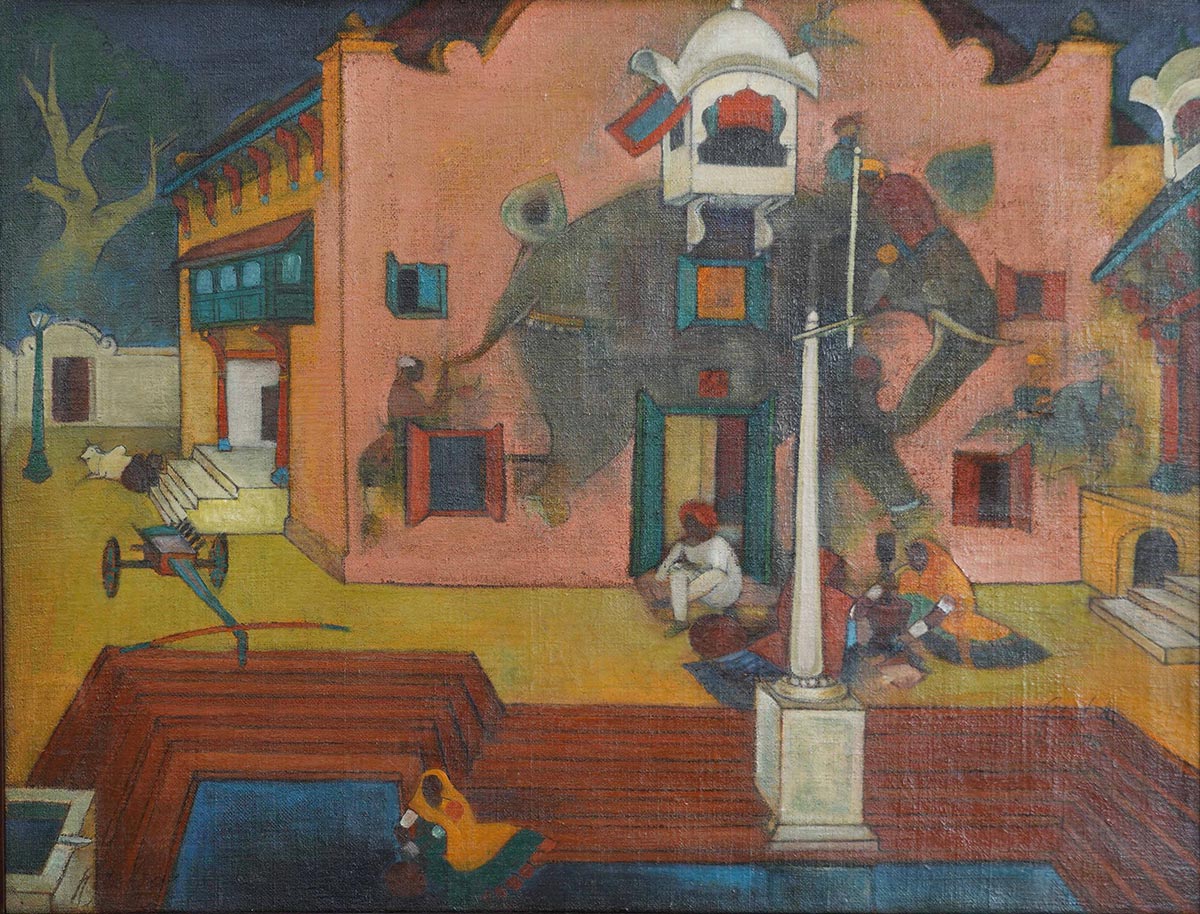
The Neo-Classical structure of the Travancore Palace, noted for its beautiful butterfly plan, is a fitting venue to complement the chronologically arranged exhibits of A.A.Raiba. Meanwhile, a more structured and thoughtful curatorial angle is offered to the exhibition through the dedicated efforts of Professor Siva Kumar, an art historian known for his extensive research on early Indian modernism, with a specific focus on the Shantiniketan school of art. Also, Gallery Dotwalk, the organizer, has established a focus on promoting contemporary art and providing a platform for emerging artists, with the aim of being a catalyst for sustained, repeated viewing and deeper intellectual engagement with art.
According to press notes, The Inner Contour showcases Raiba’s early paintings alongside “a large number of drawings, experimental paintings, artist books, and archival photographs”. Visitors can expect to see sketchbooks pasted with couplets and bird-like calligraphy (as Raiba designed in his own exhibition invitations), as well as long-overlooked plein-air canvases from his famed Kashmir series. The show even includes films and research documentation, offering insight into his processes and “deeply introspective” approach.
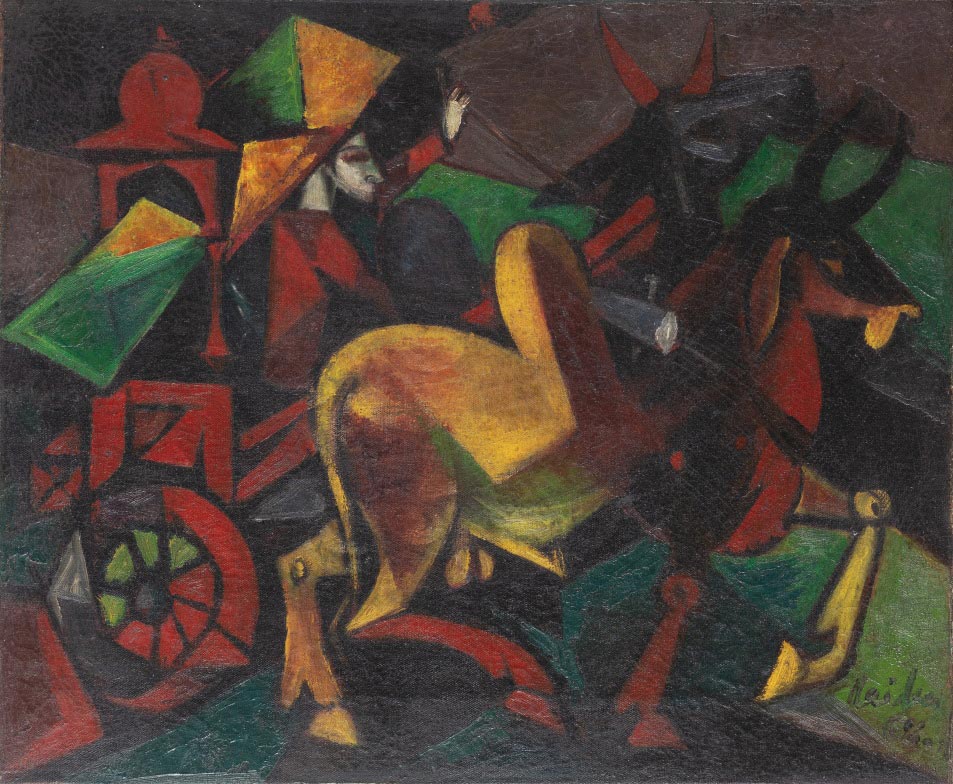
As curator Siva Kumar observes, audiences once only recognized the School of Paris style as “true” modernism, sidelining artists like Raiba, who drew on Indian folklore and calligraphy. However, the contemporary understanding is more liberal and open. Through this exhibition, The Inner Contour, a conscious attempt is made to re-position Raiba within the framework of the history of modern Indian Art.
| Event | Details |
|---|---|
| Exhibition | A. A. Raiba: The Inner Contour |
| Dates | November 2–10, 2025 (Private Preview on November 1) |
| Venue | Travancore Palace (Kerala House), New Delhi |
| Organizer | Gallery Dotwalk |
| Curator | R. Siva Kumar |
| Featured Artist | Abdul Aziz Raiba (1922–2016) |
| Materials & Media | Oil on jute, painted saree fabric, paper sketches, calligraphic works |
| Exhibit Contents | Early works, Kashmir series, sketchbooks, artist notebooks, and archival photos |
| Significance | Repositions Raiba as a key figure of post-Independence Indian modernism |
Key Highlights:
- Gallery Dotwalk’s retrospective on A. A. Raiba takes place Nov 2–10, 2025, at Travancore Palace in Delhi.
- Curated by R. Siva Kumar, the show centers on Raiba’s distinctive contour lines – neither mere outlines nor abstractions, but “potent philosophical and formal thresholds” in his paintings.
- Raiba (JJ School of Art graduate, former Progressive Group member) blended Indian miniature painting and folk motifs with modernist ideas; critics note his work’s “technical precision and poetic sensibility”.
- The exhibition includes a range of media – bold oil landscapes on jute and torn sarees, extensive pencil drawings and calligraphic sketches, even artist notebooks – revealing Raiba’s craft and imagination.
- Organizers emphasize that this show “positions Raiba as a singular giant in Indian modernism,” celebrating his non-conformist vision and resourceful artistry.
Why The Inner Contour Demands a Revision of Indian Modernism
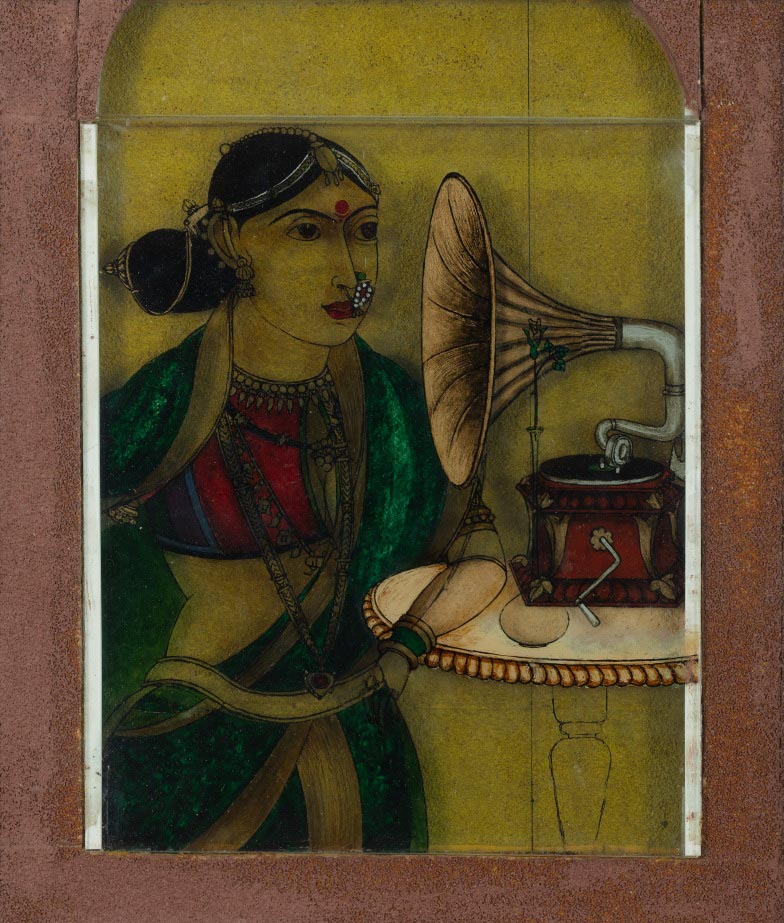
A. Raiba: The Inner Contour is not merely an exhibition; it is a necessary rehabilitation to the historical narrative of art in post-Independent India. The history of modern Indian art is often associated with those artists who were aligned with dominant movements. But Raiba stood on a different plane where his independence mattered to him the most.
Additionally, the relationship between Raiba’s material poverty (utilizing low-cost jute and tailoring scraps) and the sophistication of his bold lines coincides with his version of modernism. The exhibition, with its vital focus on process and archival depth, guided by the intellectual quotient of R. Siva Kumar, provides the critical foundation required to solidify Raiba’s position.
Takeaway
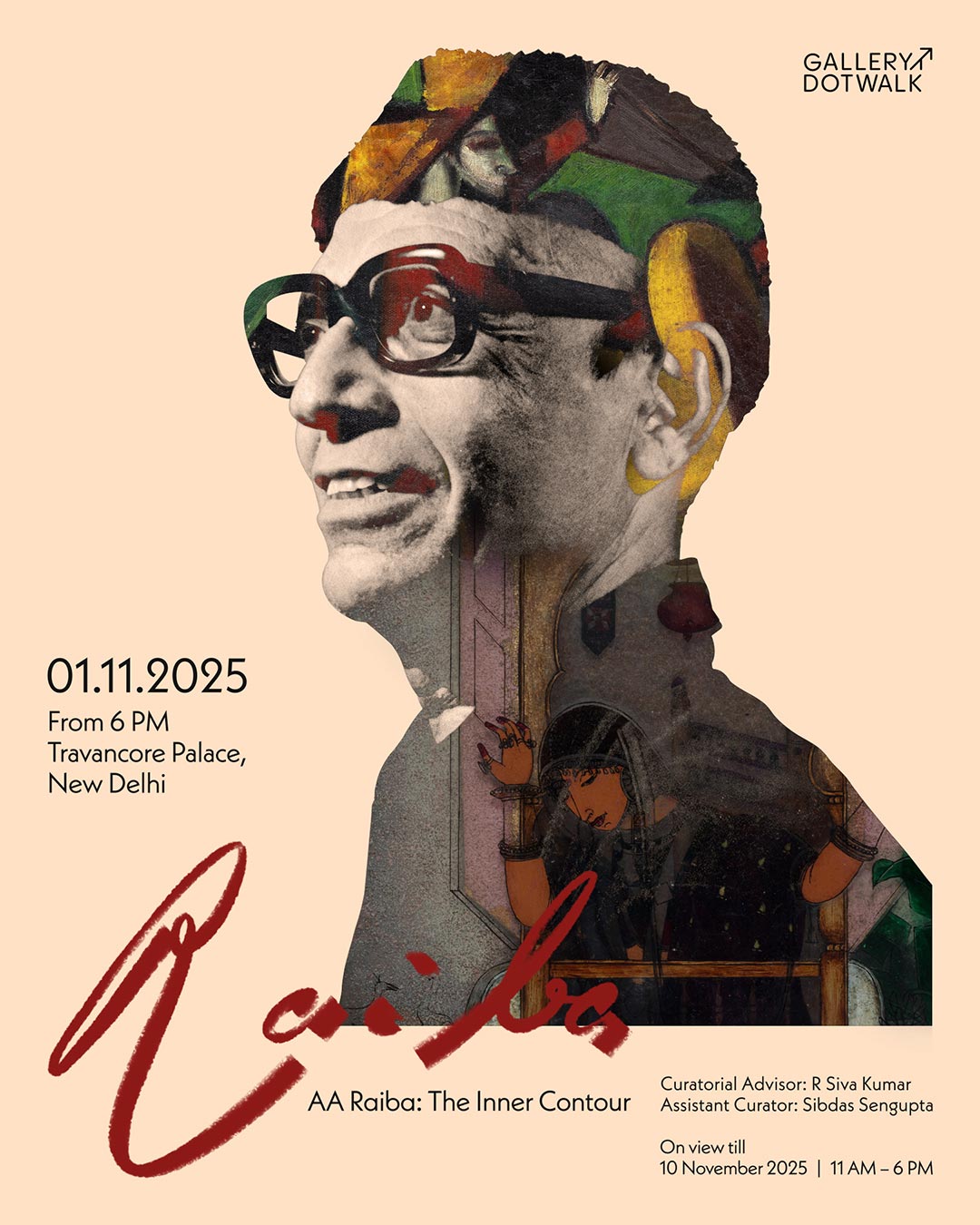
The Inner Contour compels the viewers and historians to account for those who deliberately chose intellectual and aesthetic autonomy over institutional conformity. This exhibition affirms the relevance of modernism rooted in inner reflection, ultimately establishing Abdul Aziz Raiba as a paradigm of independent genius whose relevance has intensified with time.
It is a testament to Raiba’s “unfinished” quest for a distinct style (as he famously lamented late in life) that still resonates. In celebrating his artistry now, the exhibition not only honors a trailblazer of the past but also encourages us to reconsider the “contours” of modernism today.


